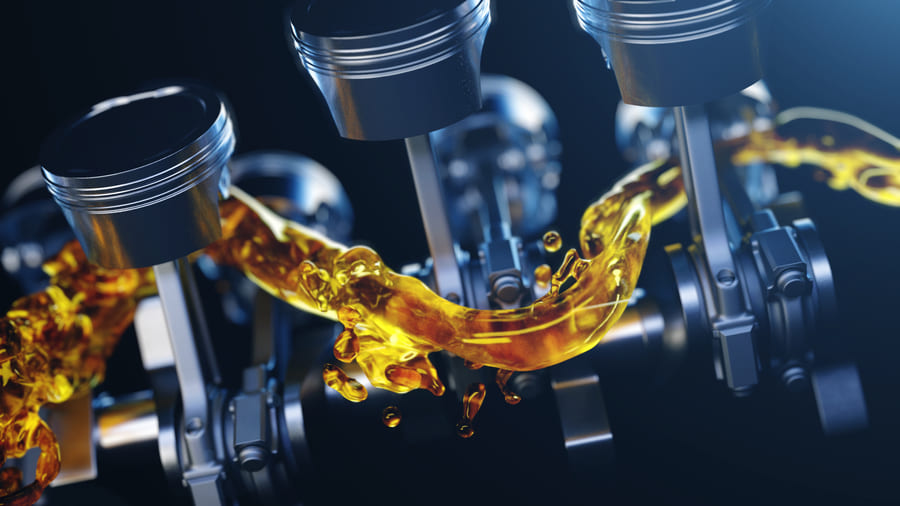Understanding the Importance of Machine Parts Lubrication
https://isohitech.com/product-category/oil-lubrication-pump/ When you hear the word “lubrication,” you might think of oils and greases. But do you know why lubricating machine parts is crucial? Let’s dive into this slippery subject.
What is Lubrication?
Lubrication is the process of reducing friction between moving parts in machines. It involves applying a lubricant, such as oil or grease, to ensure smooth operation and prevent wear and tear.
The Role of Lubrication in Machines
Imagine a machine as a well-oiled engine. Without proper lubrication, the parts would grind against each other, causing friction and heat. Over time, this can lead to damage and malfunction.
Common Types of Lubricants
There are various types of lubricants available, including mineral oils, synthetic oils, and greases. Each has its own properties and applications, making it essential to choose the right one for your machine.
Benefits of Proper Lubrication
Extended Machine Life
Proper lubrication can significantly extend the lifespan of your machines. By reducing friction and wear, you can minimize the need for repairs and replacements.
Reduced Friction and Wear
With the right lubricant, you can reduce friction between moving parts, leading to smoother operation and less wear and tear.
Energy Efficiency
https://mikeshoppingroom.com/product-category/small-metal-gears/ Believe it or not, proper lubrication can also improve energy efficiency. By reducing friction, machines require less energy to operate, saving you money on energy bills.
Types of Lubrication Systems
Manual Lubrication
Manual lubrication involves applying lubricants by hand or using tools. While it’s simple and cost-effective, it requires regular maintenance and monitoring.
Centralized Lubrication
Centralized lubrication systems deliver lubricants to multiple points in a machine automatically. They’re ideal for large-scale operations but can be complex to install and maintain.
Automatic Lubrication
Automatic lubrication systems use sensors and timers to deliver lubricants as needed. They offer convenience and precision but can be costly upfront.
How to Choose the Right Lubricant
Factors to Consider
When choosing a lubricant, consider factors like temperature, load, and speed. Each machine has unique requirements, so it’s crucial to select a lubricant that meets these needs.
Matching Lubricant to Machine Type
Different machines require different types of lubricants. For example, high-speed machinery may require a lightweight oil, while heavy-duty equipment may need a thick grease.
Best Practices for Machine Parts Lubrication
Regular Inspection
Regularly inspect your machines for signs of wear or damage. This will help you identify any issues before they escalate.
Proper Application Techniques
Always follow the manufacturer’s guidelines when applying lubricants. Use the right amount and apply it to the correct parts to ensure optimal performance.
Storage and Handling of Lubricants
Store lubricants in a cool, dry place away from direct sunlight. Make sure to seal containers properly to prevent contamination.
Common Lubrication Mistakes to Avoid
Over-lubrication
Applying too much lubricant can be just as harmful as not applying enough. It can lead to overheating and create a mess.
Under-lubrication
https://incomepultrusion.com/fiberglass-rods/ On the other hand, not applying enough lubricant can cause friction and wear, leading to premature failure.
Using the Wrong Lubricant
Using the wrong type of lubricant can result in poor performance and damage to your machines. Always use a lubricant that matches your machine’s requirements.
Case Studies: Success Stories in Lubrication
Manufacturing Industry
A manufacturing company switched to a high-quality synthetic lubricant and saw a 20% increase in machine lifespan.
Automotive Industry
An automotive plant implemented an automatic lubrication system and reduced maintenance costs by 15%.
Aerospace Industry
An aerospace company adopted eco-friendly lubricants and improved fuel efficiency by 10%.
Future Trends in Lubrication Technology
Eco-friendly Lubricants
As environmental concerns grow, eco-friendly lubricants are becoming more popular. They offer the same performance as traditional lubricants but with less environmental impact.
Smart Lubrication Systems
Smart lubrication systems equipped with sensors and IoT technology are the future of lubrication. They can monitor machine health in real-time and automatically adjust lubricant levels as needed.
Conclusion
In conclusion, machine parts lubrication is essential for smooth operation, extended lifespan, and energy efficiency. By understanding the different types of lubricants, choosing the right one for your machines, and following best practices, you can ensure optimal performance and reduce maintenance costs.
